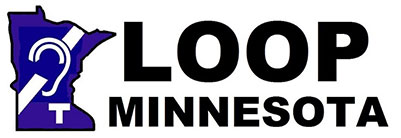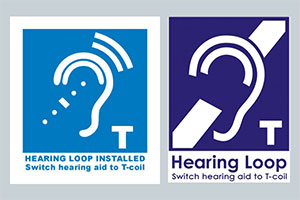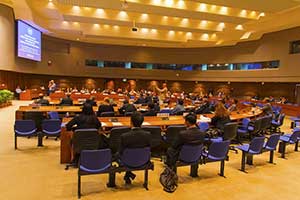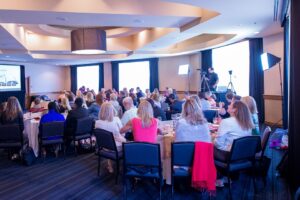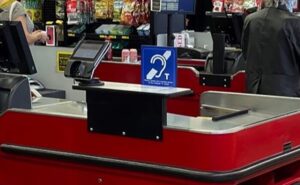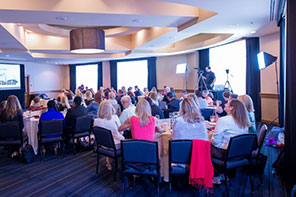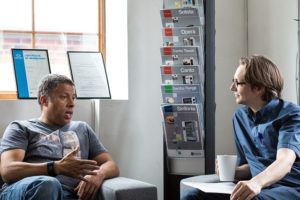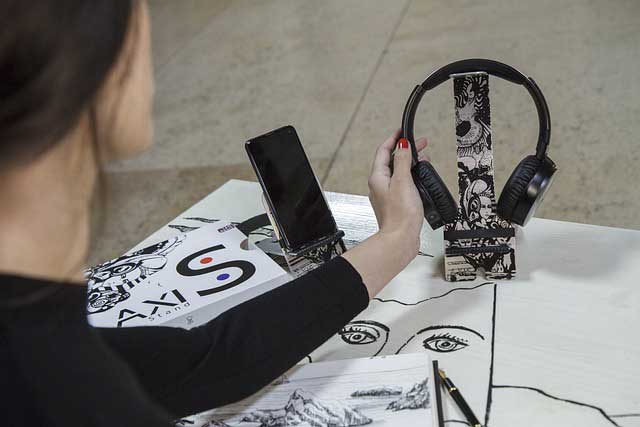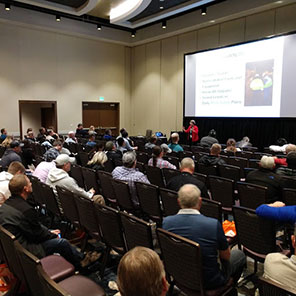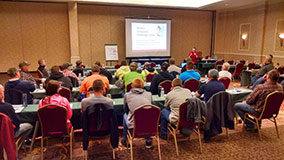And Loop Minnesota rejoices and celebrates the Equitable Access to Communication that these loops represent for those with hearing loss.
- Minneapolis-Saint Paul International Airport (MSP)
Hearing Loops have arrived at the Minneapolis-Saint Paul International Airport. The airport redesign, construction and refurbishment projects have lasted for some years now and a lot more work must still be done.
One of the major goals is to make our airport the most accessible in the World for people with disabilities. This includes people with hearing loss. And so, it is great news to see the mention of hearing loops pop up in the website Accessibility Page.
(Note: Loop Minnesota Vice President Monique Hammond continues to serve on the Travelers with Disabilities Advisory Committee where she advocates for people with hearing loss.)
From the Airport’s Website:
Hearing Loop Technology
…At Terminal 1, travelers will find hearing loop technology throughout the departures hall and arrivals level including both the baggage claim and the international arrivals areas. For those looking to relax, this technology is also readily available in the See18 short film space. Several gate areas on Concourse G have also been equipped with this technology as we continue to expand the footprint of this program through new construction projects.
At Terminal 2, travelers will currently experience hearing loop technology between gates H11 – H14 with construction currently underway to make it available in gates H1 – H10…
More good news: Access for Township residents!
- On October 17, 2022, Loop Minnesota was present when the Board of Becker Township (Sherburne County) “commissioned” the brand-new hearing loop that was installed in its meeting room. And so, all township residents can now participate in the happenings of their communities. It’s a matter of Access.
- Work will soon begin on the installation of a loop in the Board meeting room of a neighboring Township.
Get involved! There are so many ways to make a difference
Tell your audiologists/hearing device specialists to teach clients about Telecoils and hearing loops. Ask your hearing care providers to activate the telecoils in your hearing aids.
Join us! Become a Loop Minnesota member! Help us make a lot more loops happen throughout the State. Check the Home Page of our website for a partial list of hearing loops in and around Minnesota. If you know about other loops, please contact us so that we can add them to the list.
Click this link to contact us. Tell us where you want to understand speech in noise a lot better. Grocery store? Bank? Place of worship? Does your library offer any accommodation? How about getting hearing loop access in your City Council Chambers or in your Township Board Room?
Although there is a lot of buzz about access technology changes, this is still quite a way in the future. We must remember that we need to hear right here and Now.
*****
Also, visit my website where I write blogs on all sorts of topics related to hearing and hearing loss https://hearing-loss-talk.com/
